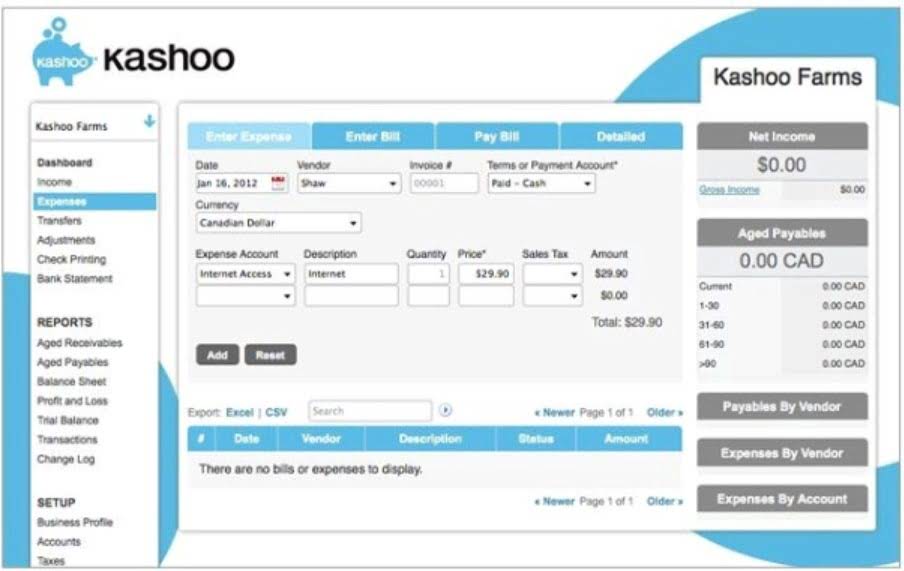
The most essential thing to remember when using the D/E ratio as a tool of financial analysis is that comparison and context have to be taken into account. WACC represents the average cost of raising money through both debt and equity. Debt is usually cheaper than equity because interest is tax-deductible, so taking on some debt can lower your WACC.
- Ya, I agree that someone out of college isn’t going to achieve that easily or realistically.
- Ratios above 2 could signal that the company is heavily leveraged and might be at risk in economic downturns.
- A higher ratio suggests that a company is more reliant on debt, which may increase the risk of insolvency during periods of economic downturn.
- Companies with lower debt levels generally have more room to maneuver and can take on new debt if necessary to seize new opportunities.
- But above a certain Debt level, WACC starts to rise, reflecting the added risk from leverage.
- Investors and lenders tend to prefer companies with good debt to equity ratio as they will be less prone to default on their loan or go out of business if the market conditions change significantly.
Table of content

ROE measures how debt ratio formula efficiently a business uses shareholder equity to generate profits. A higher D/E ratio can boost ROE in the short term because borrowed funds may help grow the business without diluting ownership. The ratio uses the book value of equity, which may not accurately reflect the current market value. This can lead to an undervaluation or overvaluation of your company’s true financial leverage.
Learn the art of investing in 30 minutes
- Institutional and retail investors buy shares, the business receives funds, and in return, investors can profit from price appreciation, vote on company matters, and receive dividends.
- It’s a smart tool for planning major investments or evaluating your ability to scale sustainably.
- EBITDA is a measure of the earnings from the company’s operations, which means that the Debt-to-EBITDA ratio represents how well the company can cover its debts with earnings.
- Some industries, such as banking, are known for having much higher debt-to-equity ratios than others.
- An increase in the debt to equity ratio may also mean the company is receiving intensive funds to improve its operation in the future.
The long-term debt ratio represents the proportion of a company’s assets backed by long-term debt. This includes loans and other financial commitments that last longer than a year. It is a metric that gives a broad picture of a company’s long-term financial status, including its capacity to satisfy its financial commitments for existing loans. Many factors, such as company debts, assets and equity, play a part in determining the long-term debt ratio of a company. Hence, it is vital to know what is a healthy debt-to-equity ratio, debt-to-assets ratio and debt-to-capital ratio for those interested in investments.

What is a good debt to equity ratio?

When analyzing a company’s D/E ratio, it’s vital to compare the ratios of other companies within the same industry so you can get a better idea of how they’re performing. This is a pretty healthy D/E measure as it indicates that for every $1.00 of equity, you are using $1.25 of debt to fund your business. In other words, the D/E ratio allows you to see how much a company depends on debt compared to equity to run its business. In most cases, companies should not exceed a D/E ratio over 2 based on the general views of financial analysis and investors. The adjusting entries ratio doesn’t give investors the complete picture on its own, however. Investguiding is a website that shares useful knowledge and insights for everyone about finance, investing, insurance, wealth, loans, mortgages, and credit.
- As an important metric in corporate and personal finance, the D/E ratio is used to determine whether a company’s capital structure is more tilted toward debt or equity financing.
- The following D/E ratio calculation is for Restoration Hardware (RH) and is based on its 10-K filing for the financial year ending on January 29, 2022.
- A well-balanced ratio signals smart financial management and increases your chances of securing outside capital.
- They’re a way to determine whether one company’s debt levels are higher or lower than those of its competitors.
- In essence, debt to equity ratio between 1 and 1.5 is considered a good debt to equity ratio.
- Generally, a ratio below 1 is considered safer, while a ratio above 2 might indicate higher financial risk.
Find out what a debt-to-equity ratio is, why it is important to a business, and how to calculate it. This means considering the other company risk ratios like the Interest Coverage, Current Ratios, and Quick Ratios, but also how you feel about the business in general. With my analysis I take the current ratio one step further by reducing inventories (which aren’t guaranteed to be sold for cash) for an adjusted current ratio (“the Quick Ratio”). Again, go back to my article on Circuit City’s Bankruptcy for more insight on how I do that. What you want to do Outsource Invoicing to truly understand a company’s riskiness is to combine multiple pieces of data to paint the picture of the company yourself.

